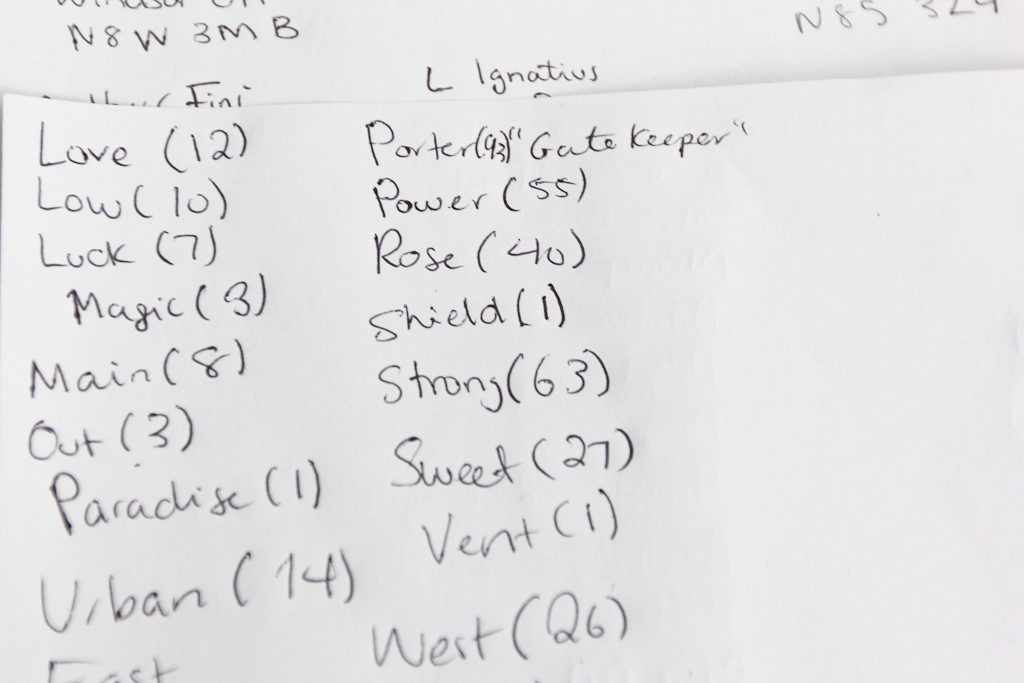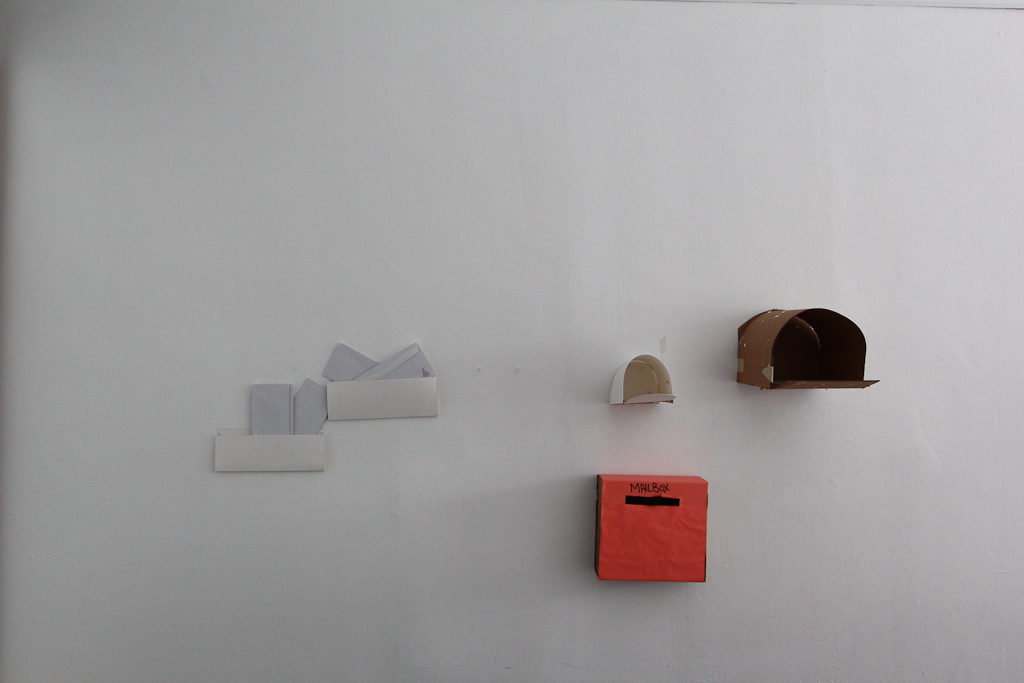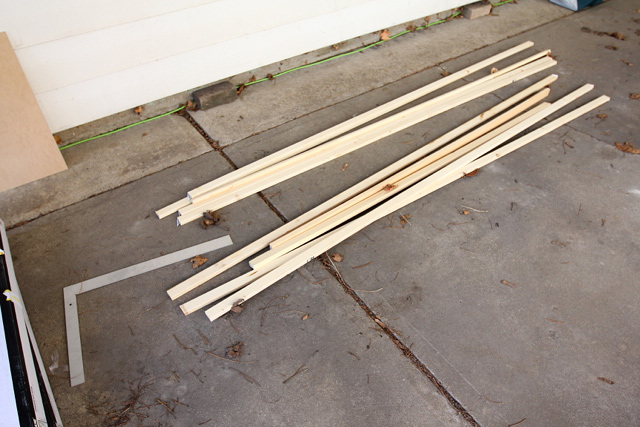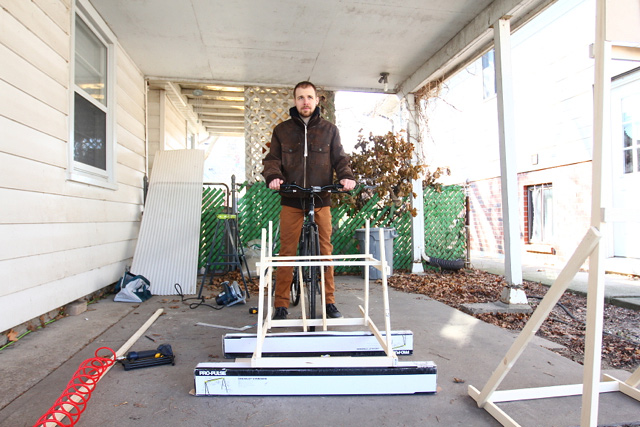We’re in the preparation stages for an upcoming project called Civic Maintenance. The project will be based around the writing and distributing of a thousand letters (give or take) to residents of Windsor, thanking them for staying in the city, or contributing to it, or somehow having an impact on it, or maybe all of those things. The idea of maintenance (in a ‘civic’ sense, or city sense, maybe) is normally attributed to specific acts on infrastructure and the built environment, towards their preservation in a longer-term. It focuses on an cyclical act, a process that takes significant investment, and most often in a preventative capacity. We think that these kinds of acts could do well to be more closely connected to the people who make up this city, towards preserving a sense of belonging, and investment in this place, and in the largest and most symbolic sense, towards convincing people not to pack up and leave.
These early stages begin with an attempt to narrow down the list of people to receive our letters. Initially, we considered doing a random selection from the phone book, but we soon turned towards a more explicit selection. We still worked from the phone book, but instead started to pull last names that might act as a descriptor for the city, in one way or another. This is still developing, and we’ll be working to translate more last names as well..
Alongside the letter writing itself will be the exhibition design — a way of keeping track and organizing our process. We began to piece together some very crude ‘mailboxes’ from cardstock and cardboard.
And popsicle sticks.
And boxes with coloured paper.
The mailboxes will be attached to the walls and provide a way to organize the letters — perhaps by last name, or sentiment, or geography, or quality of handwriting, or time, or something else.
Intending to embark on an ambitious process to make cardboard mailboxes, we started to put together some templates.
These mailboxes would be not unlike what we might see in a more rural setting.
The form of these mailboxes seemed enticing, as a way to pull things away from being tacked on the walls.
Hiba broke the corrugation to make the cardboard flexible to bend.
She used a pencil.
This gives the cardboard a lot more flexibility, but retains the outside finish.
Rough mailbox design from cardboard.
Two envelopes wide.
More of an exploratory design process than a movement towards any finished idea, this kind of mailbox might work at a smaler scale.
And then, there were these. Simple folder-like design created from 9×12″ cardstock with the edges of pushpins holding it together.
If we’re to make 30 or 40 or 50 of the mailboxes, these basic foldable designs might work best.
They also seem to make the envelopes more accessible in a way — rather than hiding them in the mailbox itself, the sizing of these folder-type mailboxes would make the envelopes more easily legible and would give us an opportunity to look an organization code more readily. That is, we need to figure out not only how to keep track of what letters are sent out, but what kind of data we create based on our last name selection system. We’re not sure where it goes yet, but it’s where we’re at by midweek.
More maintenance soon.















































